Destinations
Hundred Islands: Pieces of Atlantis
The Hundred Islands off fishing town Pangasinan are constant sources of wonder – home to swimming monkey, playground of largely unseen sirena, and haven of some of the Philippines’ best faith healers. M.D. dela Cruz Tan discovers that these islands are actually believed to be parts of Atlantis.

“Welcome to Atlantis,” Manang Auring, a local manggagamot, said as her oily hands enveloped my proffered hand. Like many in her field, she believes that the numerous islands off the bay of Pangasinan, more popularly known as the Hundred Islands, are “pieces of the beauteous island, which drifted until they found their way here,” she said, all purplish gum when she smiled. “This is where we source our powers.”
And then she started massaging the side of the tummy of an old man lying on a mat, slowly pushing deeper until blood started trickling from an invisible wound. There was a deafening silence, ironically emphasized by the strong blowing of the wind that rocked the wooden windows, and was finally broken by a sigh from Manang Auring as she produced what looked like pebbles, which were supposedly stones from the kidney of her patient. Not a moment too soon, the old man sat straight, expressed his gratitude for the help, and then left.
While the experience was new to me, it was common in the area – we were in Pangasinan, after all, where many of the Filipino faith healers (no matter where they may be in the Philippines or overseas) are said to have originated. No wonder the flocking of those in search of the miraculous in the area – for healing of incurable illnesses, for the creation of love where there is none, or for the simple finding of peace of mind. Local legend has it that this is where the pieces of the famed Atlantis drifted when the mysterious island sunk eons ago, supposedly bringing with it its magic. The claim sounds implausible somehow, until one visits the islands.
NATURAL WONDER
Only a few minutes by motorized bangka are the first few of the islands that, in truth, total over 100 (though so-called Hundred Islands only because it has a poetic rhyme to it). Many of these have high rocky cliffs thickly covered by vegetation and are thus often seemingly inaccessible – though many are attracted to the islands exactly because of this. Over the years, more and more visit to bravely climb the cliffs that seem to endlessly continue under the blue waters, or to make new treks from one side to another of one of the largely undiscovered islands, or to spelunk for the first time its enigmatic caves. Closely passing by the islands, however, never fails to bring about strange, even spine tingling, feelings, as if someone you cannot see is staring at you intently, waiting for your next step before they decide to act.
“Those are the spirits,” Mang Ambo, our guide, said in a hushed voice (so as not to disturb them). As if on cue, we passed through what seemed like a tunnel, though really a meeting of two cliffs overhead, forming what looked like a darkened cathedral – a rare formation since the islands are often separated. And yet, many snorkel around the islands, which are seemingly attached underwater by coral formations supporting a rich marine life (like the rare giant clam shells). When the seas are calm, the few who have dived around some of the islands mentioned the peculiar rock formations underwater that hide peculiar sea creatures, seemingly reflecting the eerie atmosphere evoked by the islands. Because when there, it doesn’t seem implausible seeing merpeople peeking through rock formations before diving in the deep seas when spotted. The place just has that feel, hardly explainable.
EVERY ISLAND, A WORLD
Amazingly, the seeming awe inspired by the group of islands as a whole is the one things that is similar in all the islands, which differ from each other – both by nature’s designs, and by man’s manipulations.
At one, you can follow paths leading to the peak to get a 360˚ view of the whole place – not that there’s much to see, but the blue waters broken by islands that seemed to have been dropped from the sky like big rocks. In another, the white sanded shore stretches then curves to stretch and then curve once more to form a semi-circle, the middle only sparsely vegetated so that it looks more like an underwater rock exposed during low tide than an actual island – just perfect for swimming. Still in another are small communities that have fishnets surrounding islands to breed fish – perfect for meals in yet another island that now has nipa huts for such activities.
While snorkeling, trying to make out what the deep gulfs between islands hide by clinging on to a rope attached from one island to another , the silence is occasionally broken by gunshots, immediately followed by the flocking of wild ducks trying to escape hunters that venture the islands where they nest. For a while, the sky darkened as the fathered creatures sought refuge in the other islands, feathers fluttering on the waters that, suddenly (and even more interestingly), gave way to monkeys that started to swim. It was weird, looking at creatures deemed afraid of water as their heads protruded while trying to stay afloat. Then, when on dry land, they shook themselves before disappearing in the woods, like miniature Bigfoots.
Truly, here, wonders never cease.
MYSTICISM (UN)EXPLAINED
After a luscious meal of freshly-caught tilapia, coupled by salted egg sharing a bowl full of freshly sliced ripe tomatoes, with grilled pusit and shrimps thrown, a quick dive in the water stirs the consciousness, though also adding to the mystery, as one swims with jellyfish that seasonally abound in the area, floating like torn fabrics.
These are playthings of mermaids who hide in the islands, Mang Ambo said. And I almost believed him, trying not to swim too far from the islands in case the mysterious stories were true.
In the end, though, whether one believes or not does not matter. Back on the mainland, Manang Auring said, “Maniwala ka o hindi, andiyan ‘yan.” And maybe, just maybe, she’s telling the truth, since you won’t escape the mystical when in the Hundred Islands of Pangasinan.
HOW TO GET THERE:
Along EDSA, catch a bus going to Alaminos via Kamiling. From there, catch a pedicab to Lucap, where the motorized bangkas to take you to the islands are docked.
*First published in Outrage Magazine in December 2007; reprinted with permission.
Travel
Steak-hunting in Bulacan? We ended up in Project Steak
Attraction-wise, #Bulacan isn’t on top of tourists’ lists. But food-wise, it – surprisingly – has a handful of worthy offerings. We checked one, a #steakhouse comparable to those in Metro Manila.
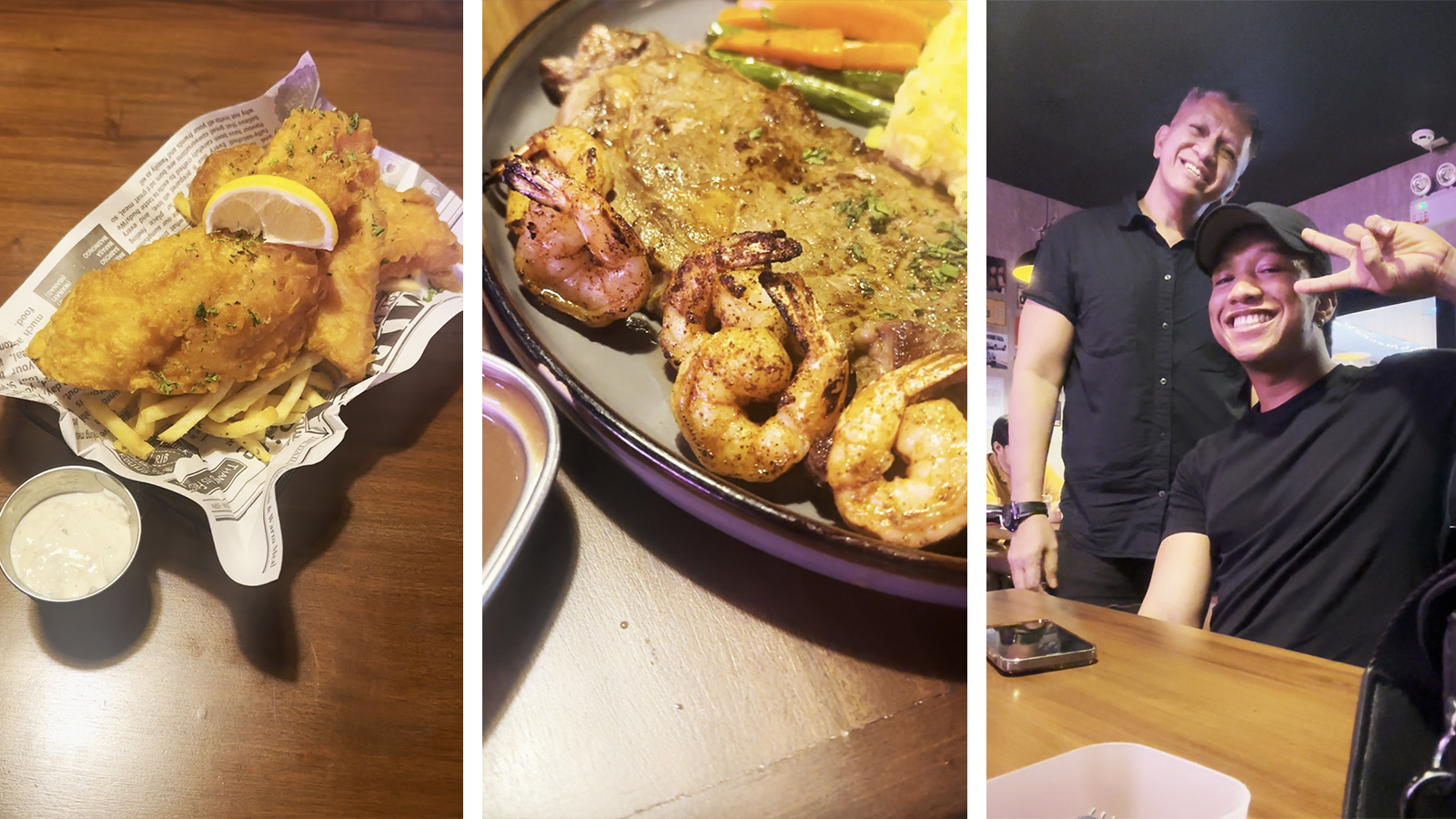
Bulacan may be a big province, but tourists will – admittedly – have a harder time looking for places to visit here. Unless you’re into hard-to-reach natural wonders, or churches, churches, and even more churches.
There’s something surprising in Bulacan, though: that is, there are actually a lot of not-bad dining venues there… which was what led us to discovering Project Steak.
How was the place for us?
@outragemag Lost in #Bulacan and looking for okay #food? We checked the #steak #fishandchips of @projectsteakbaliwag in #baliuagbulacan for this #LGBT ♬ original sound – Outrage Magazine
Una, Bulacan is a big province, so if you’re nowhere near Baliuag, you may find this place too hard to go to (particularly if you’re not driving). This is over an hour away from the City of Manila, passing through Obando, Bocaue, Guiguinto, Malolos, Pulilan, et cetera… so yeah, this isn’t the most accessible place to go to.
Ikalawa, the actual resto is actually small; seriously small. Luckily, there are two seating areas, so to speak. The resto itself has an airconditioned room that can only seat a handful; and a non-airconditioned area that it shares with Mimi’s, the café beside it. The airconditioning isn’t that cold naman, so staying outside may make sense particularly for those who are claustrophobic.
Ikatlo, keri naman ang personnel, able to explain what’s on the menu.
Ika-apat, how was the food?
- The Fish and Chips (₱300) was actually good, comparative to those from delis in – say – some suburb in Australia. The fish wasn’t malansa, was properly battered, and was well cooked. The chips – or fries – naman were of good quality, not disintegrating to the touch.
- The Meatballs Tomato (₱250) was so-so; that is, the meatballs tasted nice, but the pasta was just too sweet. Ganito: If you added more pasta, the sweetness of the sauce would still overhwlem.
- The Signature Ribeye Steak (₱550) was a bit small, though not surprising considering the asking price. Ordered MR, it was properly done, with the meat still juicy. You don’t get a lot of accompanying veggies; though the eggs we ordered in place of the potatoes were well done.
- The Surf and Turf (₱650) was basically a Ribeye Steak… with grilled shrimps. For both steaks, if there’s a major comment, it’s the lack of seasoning. Yeah, you can just add salt and pepper; but it tastes different when meat is seasoned before or during cooking since nanunuot ang lasa. The mashed potato was too margarine-y, and so was so-so. The shrimps were good even if they were somewhat small.
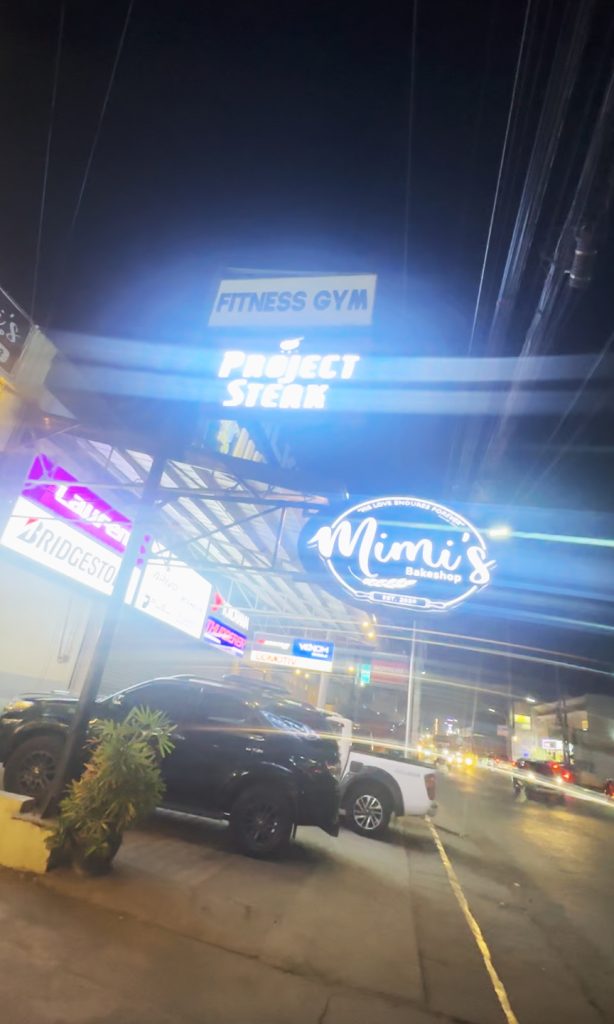
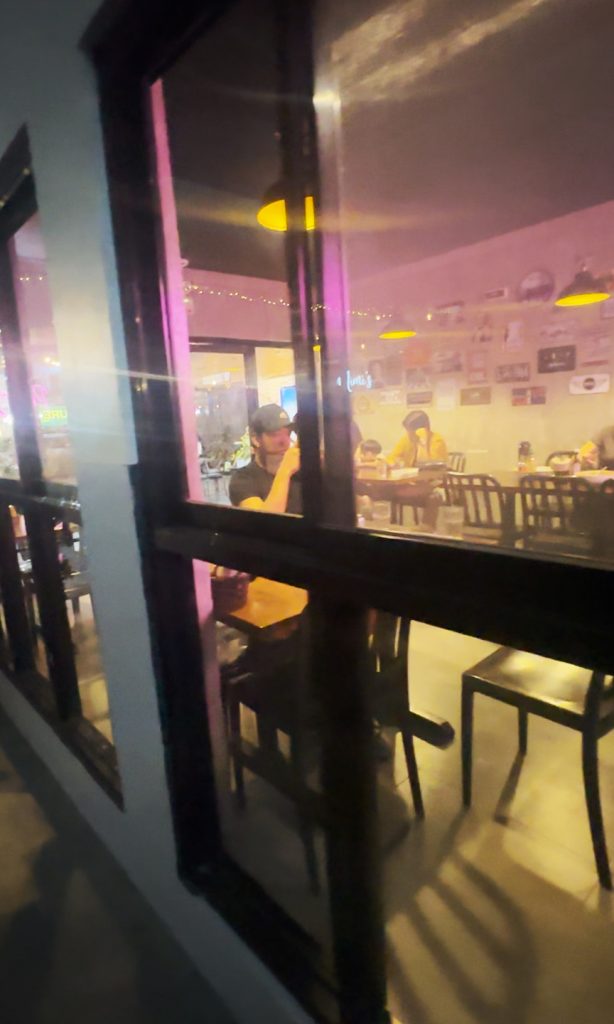
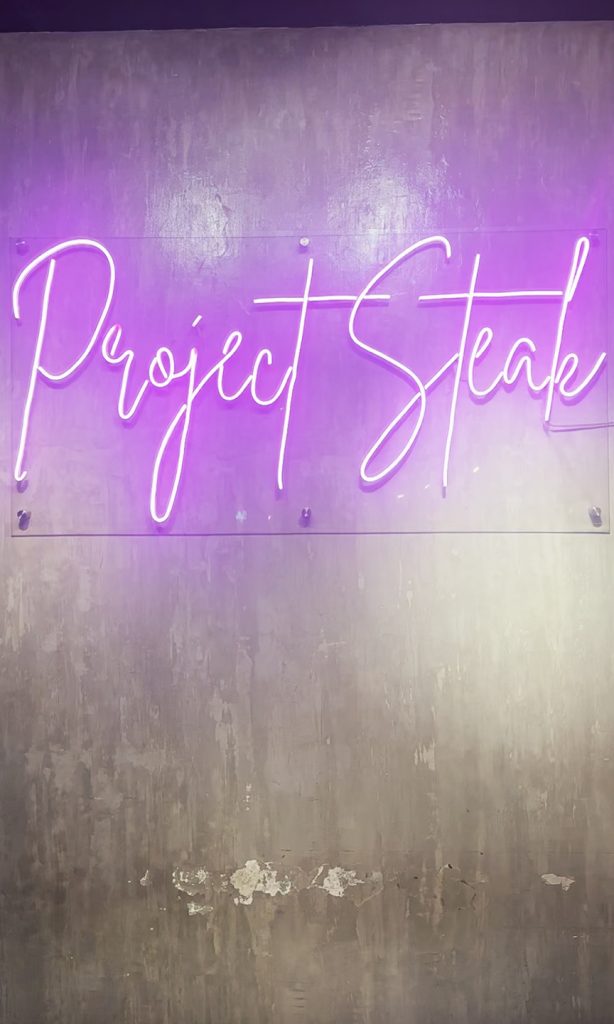
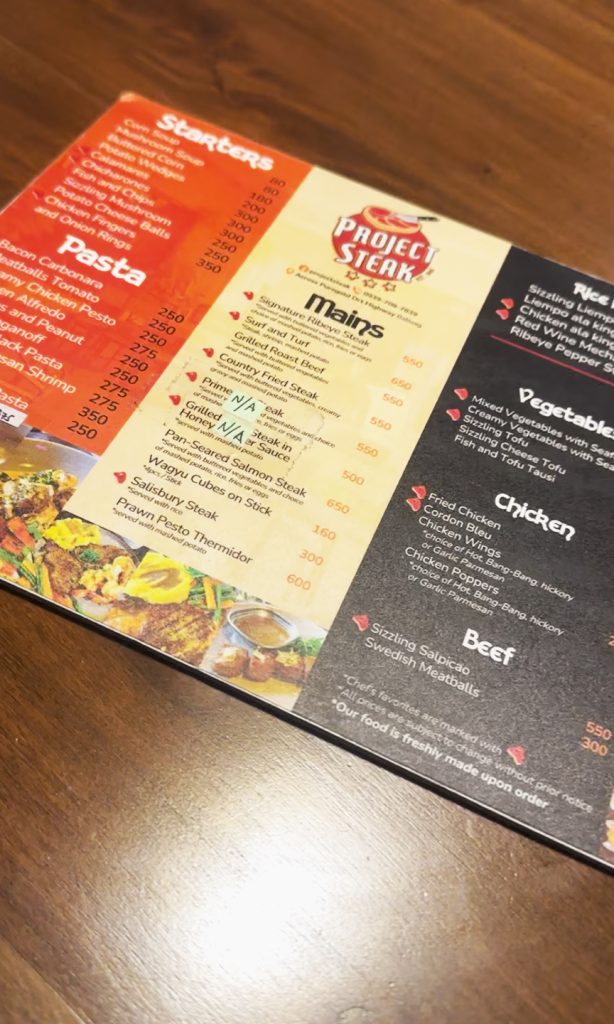
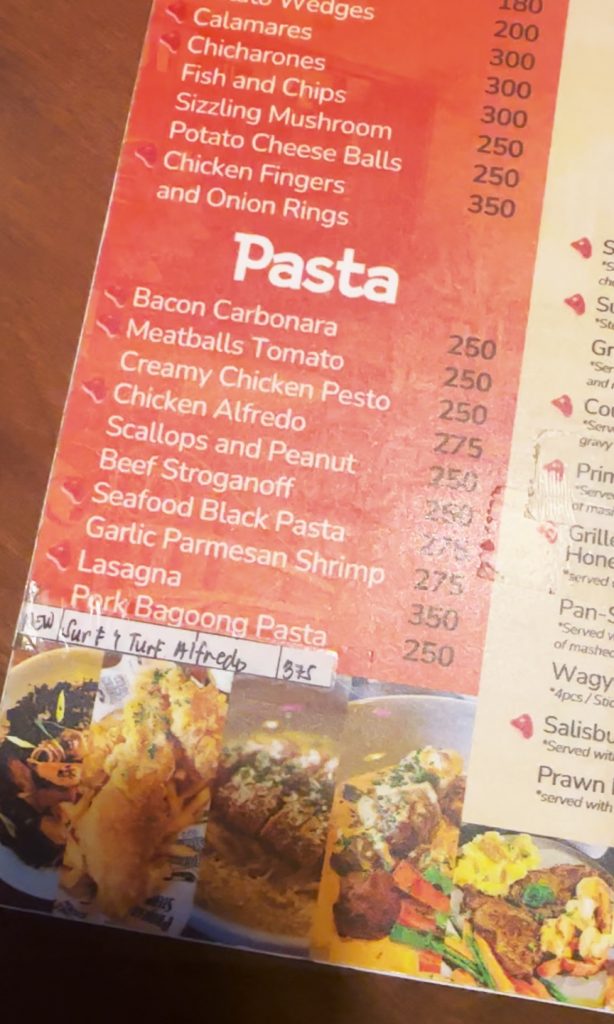

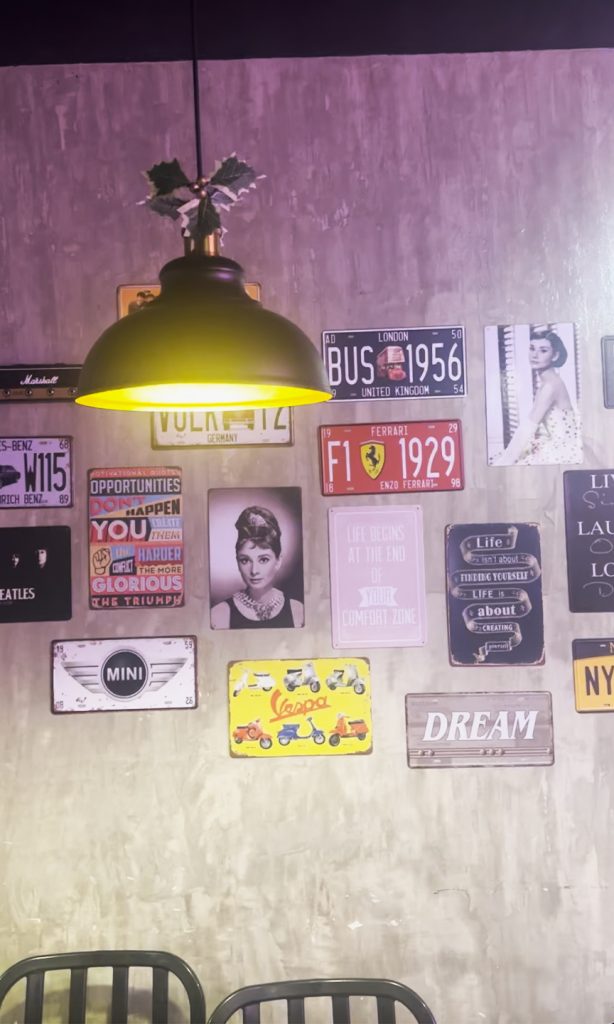
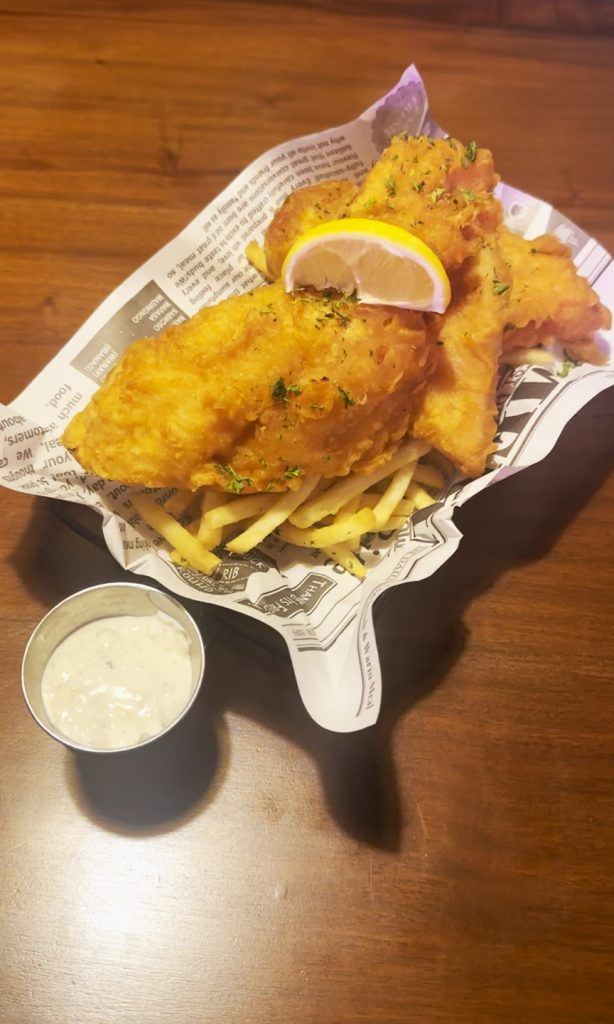

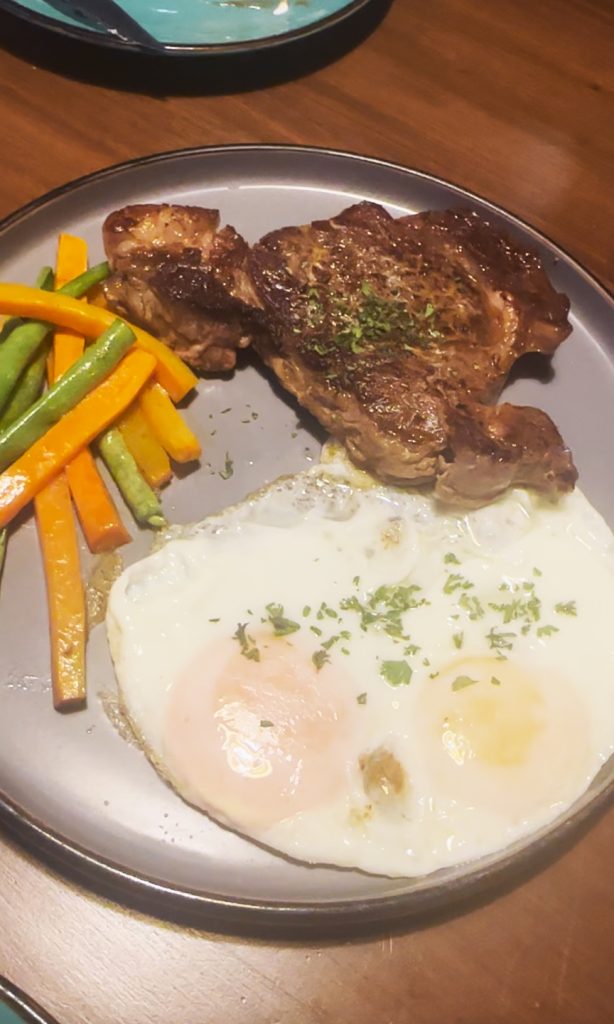

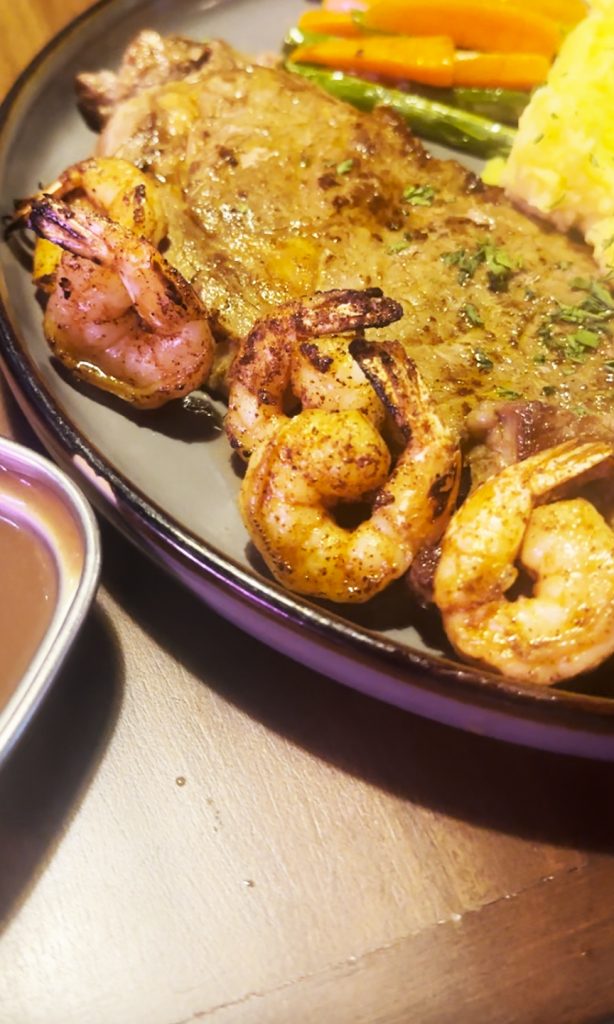



Is it worth to dayo, to target Project Steak? If you’re nearby and are looking for affordable steaks, perhaps. The ambiance is good, the offerings are presented well (check the plating!), and so on. But if it’s too far for you, and if there are other options for the same price wherever you may be, stay there na lang. That way, walang sisi.
Otherwise, join us as we look for more lafang venues.
Project Steak is located along Doña Remedios Trinidad Hwy, Baliuag, Bulacan. For more information, contact 0939 708 7839 or 0923 631 2559.
Travel
Checking the London Underground
UK’s London Underground serves millions every day, an example of a working train system (that we do not have in the Philippines). Sadly, 1 in 5 LGBTQIA+ travelers experience crime while using it, and 65% did not merit support from bystanders.

One way for Filipinos who are able to travel overseas can tell how bad our public transport system is, is by comparing the trains. We were invaded by White people in 1521, but – even now – we still only have three train lines.
@outragemag Check #LondonUnderground #trains in #London, aware it could be unsafe for #LGBT ♬ original sound – Outrage Magazine
UK, as an example, has the London Underground. Managed by Transport for London, this started in 1863 as the world’s first underground passenger railway. It now has 11 lines with 250 miles (400 kilometers) of track, with its 272 stations serving around five million passengers every day.
This isn’t a perfect system. Obviously, this is London-centric. It only serves the Greater London area, and some parts of the adjacent counties of Buckinghamshire, Essex and Hertfordshire in England. This is like saying na wala ngang LRT or MRT sa Bulacan o Cavite o Antipolo eh, and this lack highlights the exclusion of those also in need of proper public transport.
Looking at London’s train system through the LGBTQIA+ lens is actually disheartening… particularly if we talk not only about possibly meeting booking while riding trains. In 2023, London TravelWatch released a report that revealed that when LGBTQIA+ people used public transport:
- One in five (21%) experienced hate crime in the past year while travelling on public transport in London
- Four in five (82%) respondents changed their behavior or appearance to ‘fit in’ so they avoid abuse or harassment when travelling
- 65% of those who experienced abuse or harm when travelling in London said bystanders witnessed the incident but did not intervene
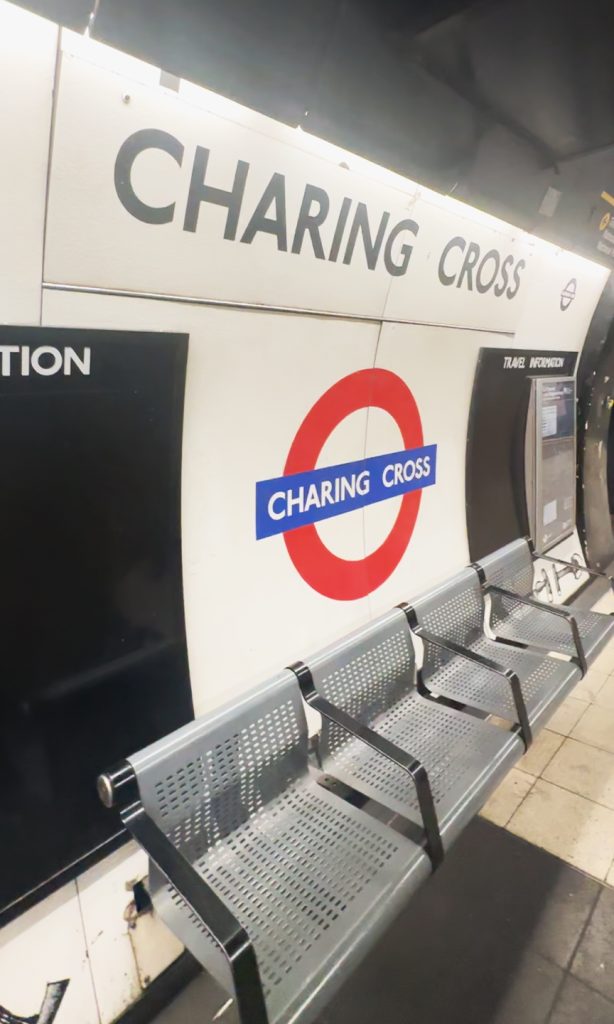
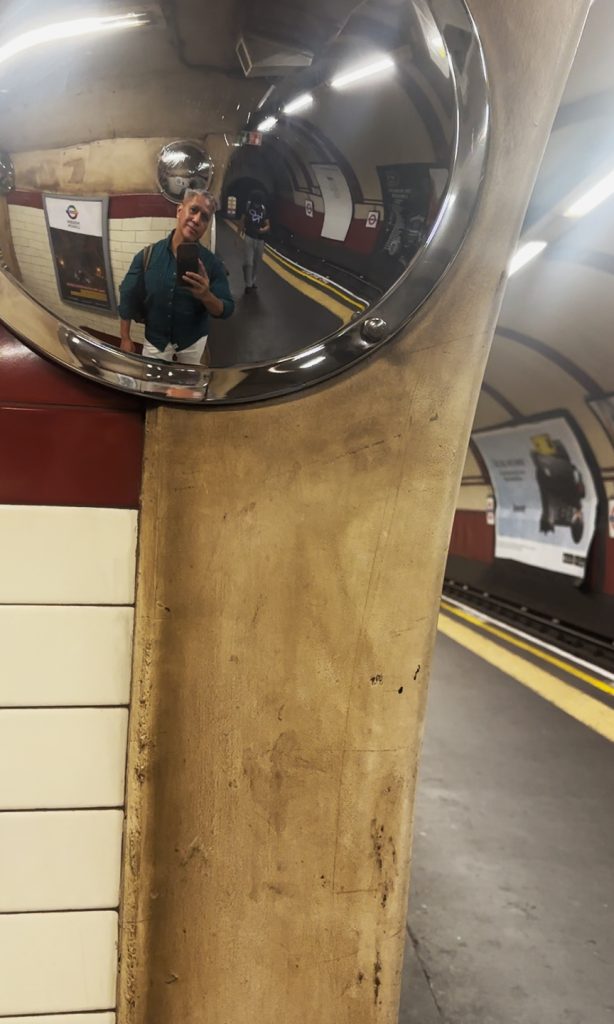
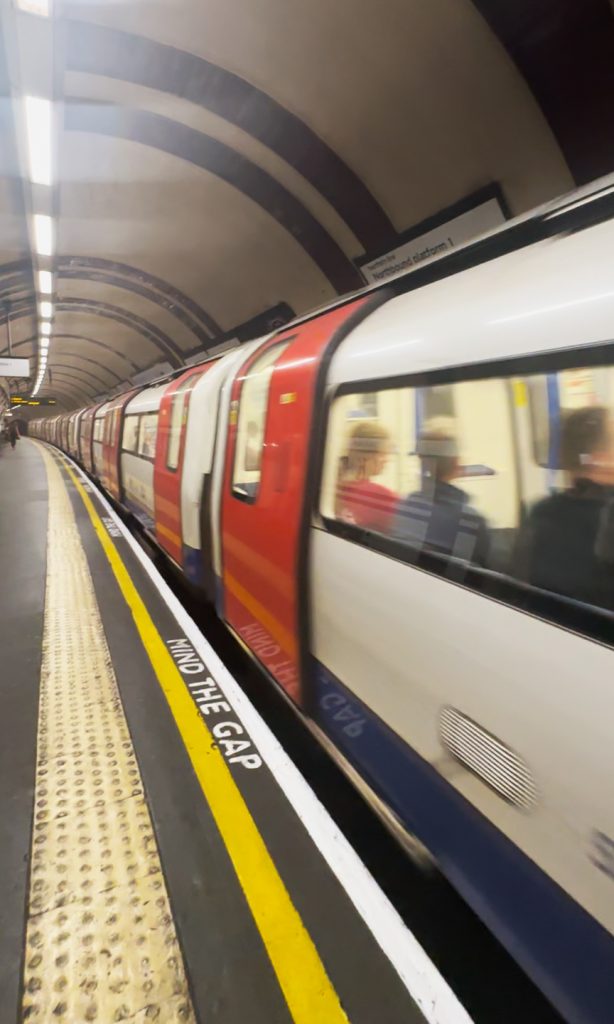
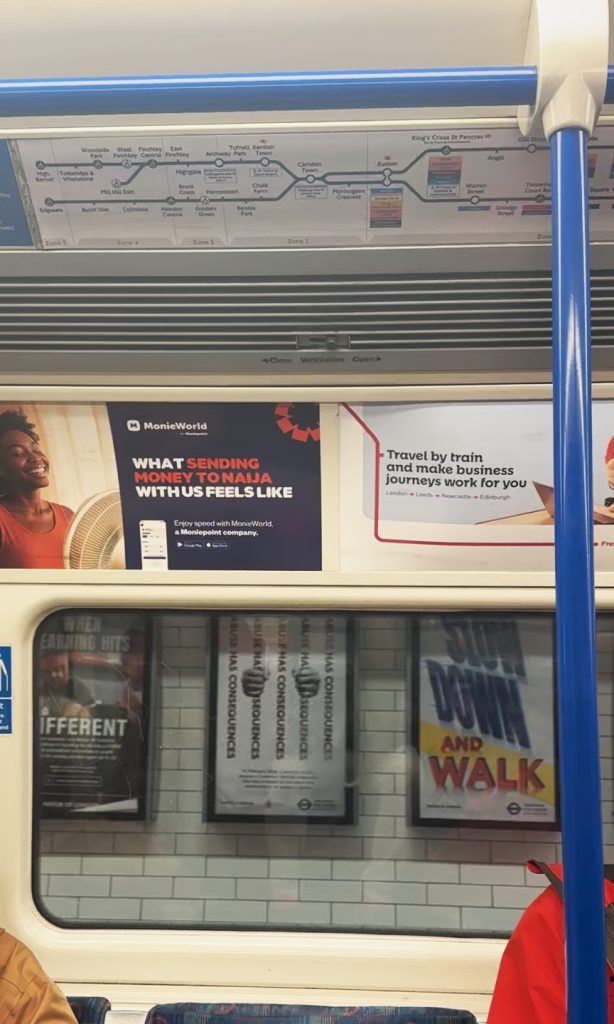
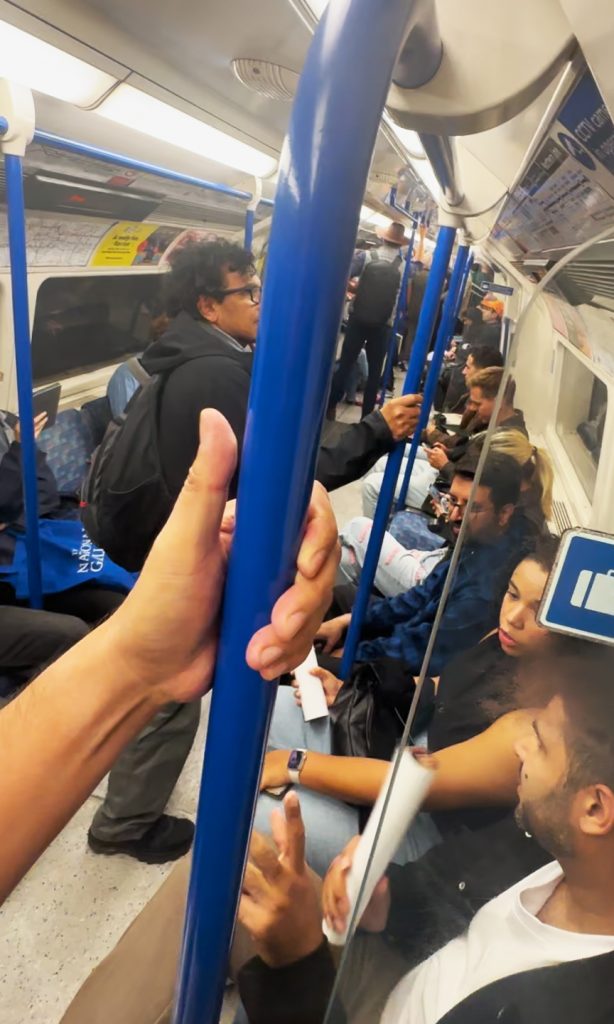
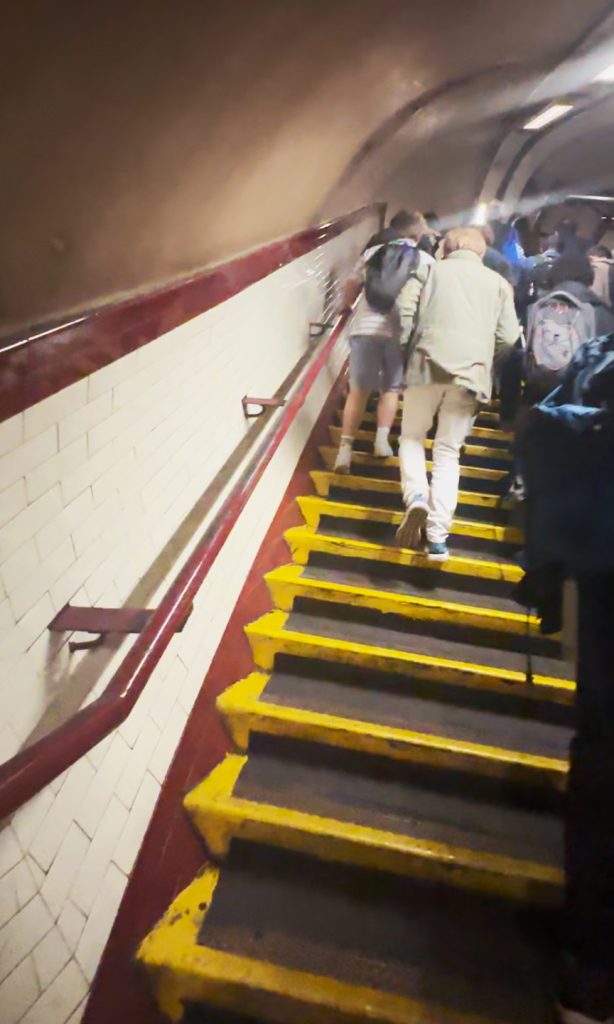
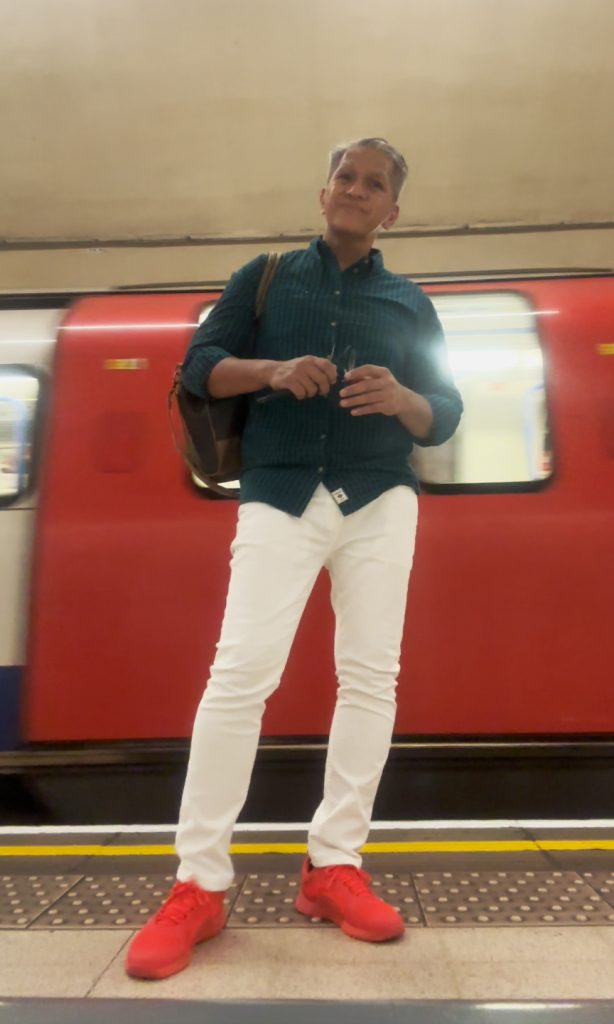
Lesson learned lang din: that even in spaces that better people’s lives, like a working train system, there are minority sectors that could be disadvantaged. And so this must always be considered to make sure all spaces are truly inclusive.
But off we go for more LGBTQIA+ rampa…
Destinations
London has The Monument to remember the fire that destroyed the city, but failed to learn lessons from what happened
Do you know of the #GreatFireOfLondon? #London has a monument for that but some anti-minority (including #LGBT) lessons are not learned.

In London in 1666, fire broke somewhere in Pudding Lane, with the blaze raging for days to – basically – gut the medieval City of London inside the old Roman city wall, though eventually extending past the wall to the west of London, and then swallowing almost the entire city.
@outragemag Heard of #GreatFireOfLondon before? #London has #TheMonument for that even if anti-minority (including #LGBT ♬ original sound – Outrage Magazine
The death toll, or yung dami ng namatay, is still contested even now. But some things are generally accepted as true, including:
- How the fire started in the bakeshop of the king’s baker, Thomas Farriner. So he is now eternally blamed for the fire, kahit na baka naman nakatulog lang siya dahil sa pagod sa trabaho. His boss nga eh, the king, did not know a single day of work because his position of power and wealth that came with it were inherited.
- The mayor at that time, Thomas Bloodworth, actually hesitated to make moves to stop the fire, though this is something we already expect from our politicians who – surprise, surprise – still manage to get elected anyway.
- There was blaming of the “others”, including immigrants, homeless people, and so on for causing the fire; this blaming of non-Whites is still common in the UK even now, even if the real abusers are those in positions of power as they make us fight among each other while they live in abundance.
Anyway, to commemorate what they now call as the Great Fire of London, and to mark na rin the rebuilding that followed, they established the Monument to the Great Fire of London. Also called as The Monument, it’s at the junction of Monument Street and Fish Street Hill.
Designed by Robert Hooke, and completed in 1677, The Monument is a column built of Portland stone, with a gilded urn of fire topping it. There is a viewing platform near the top, na ma-a-access through a narrow winding staircase of 311 steps.
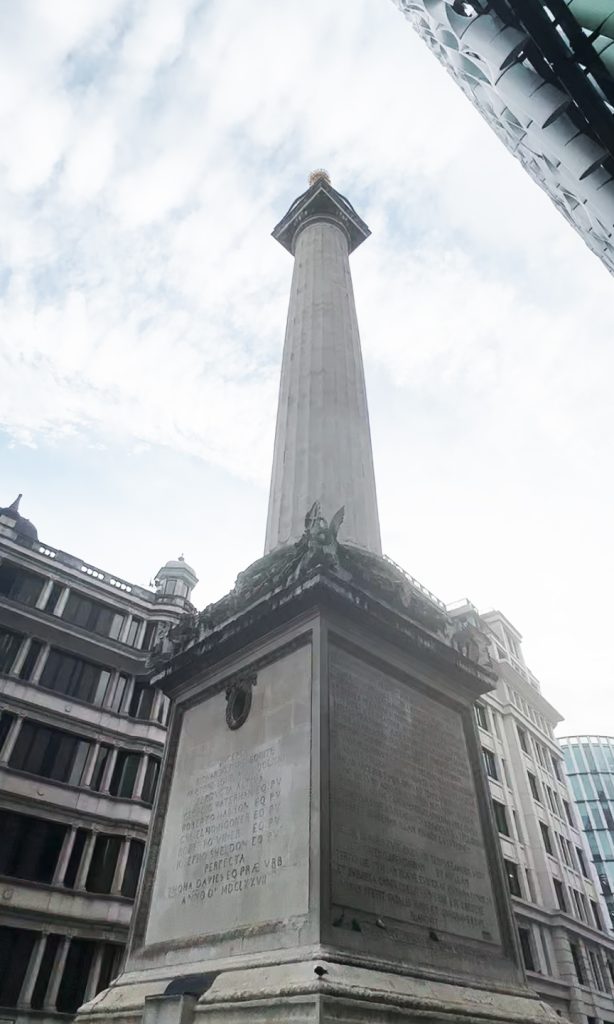
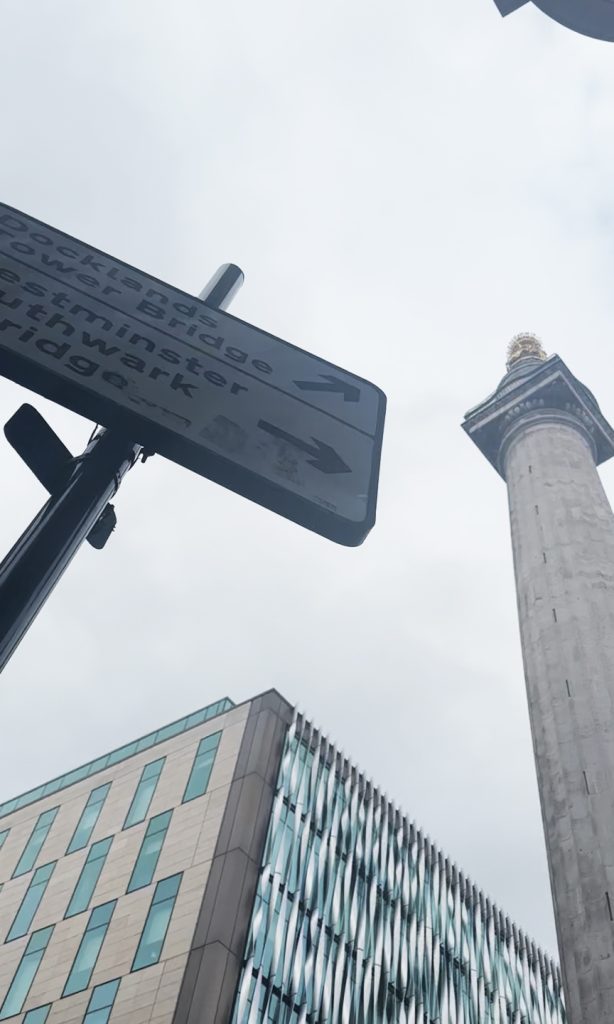
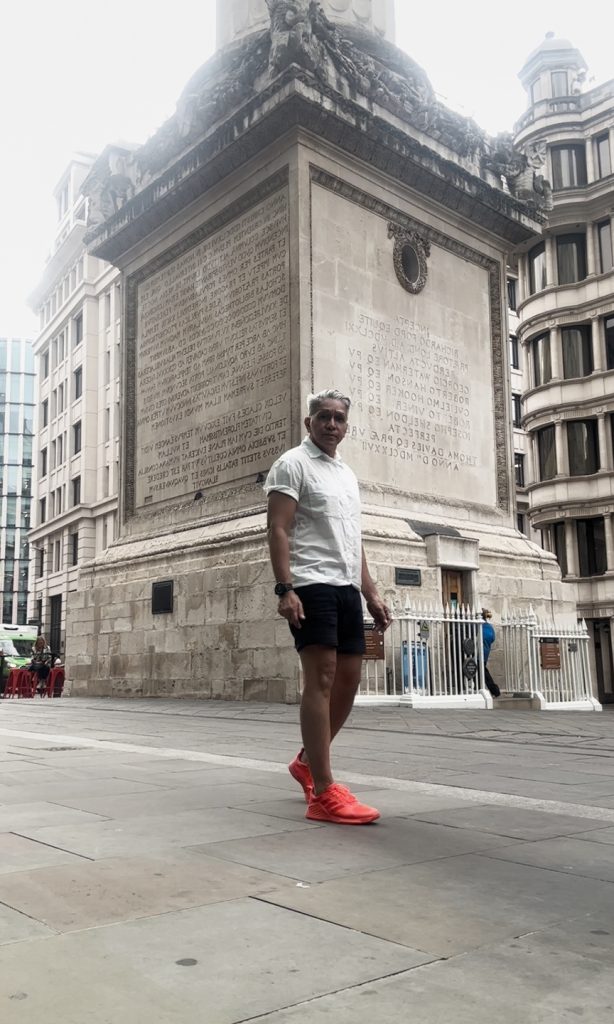
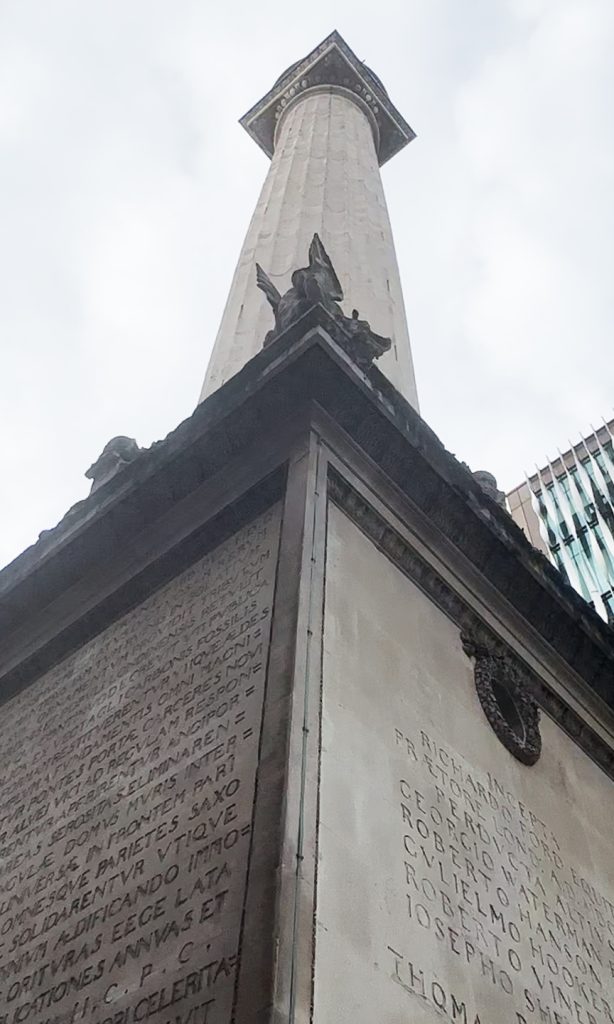
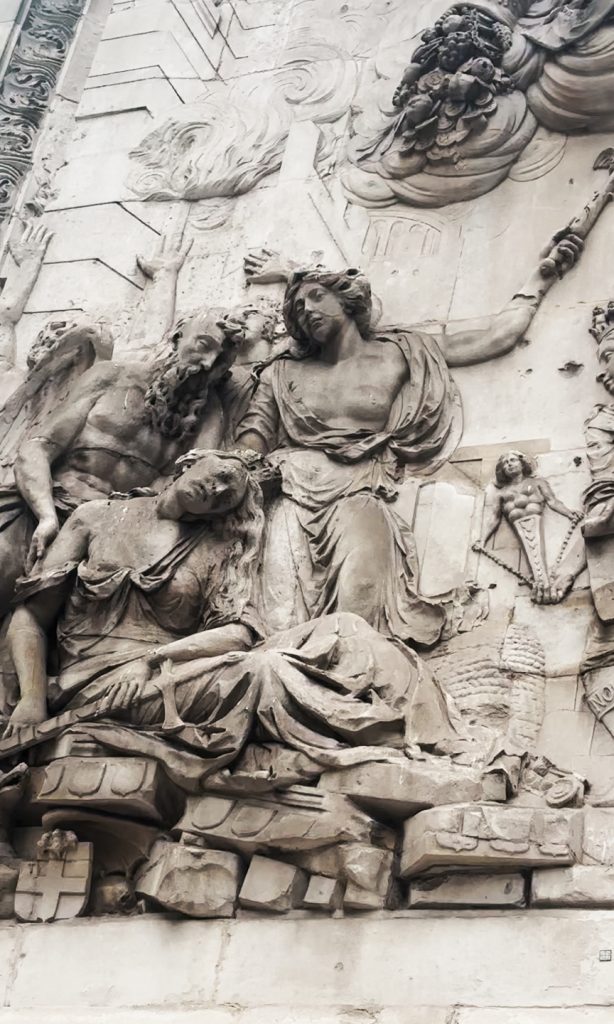
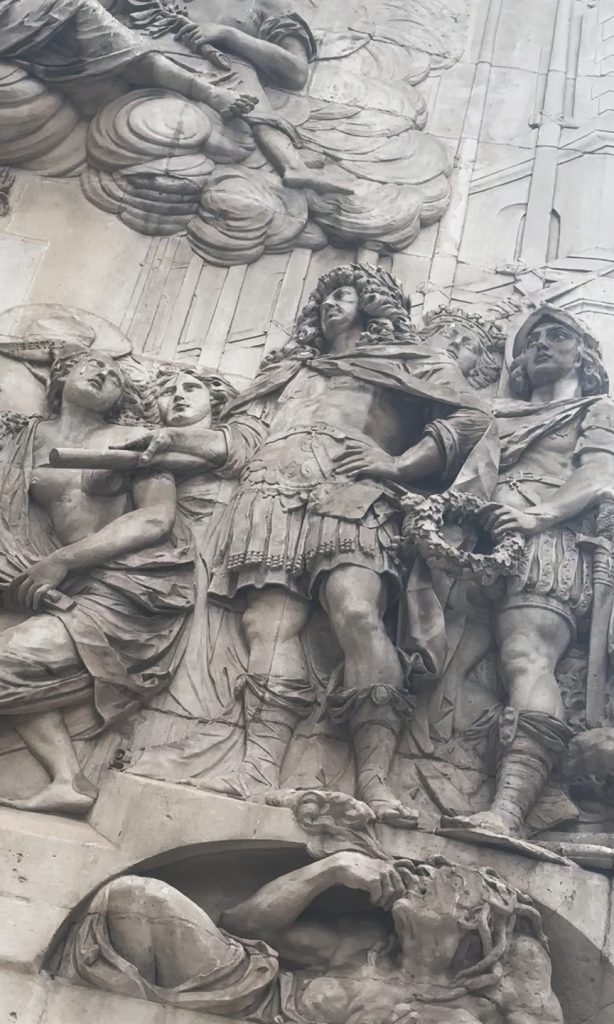
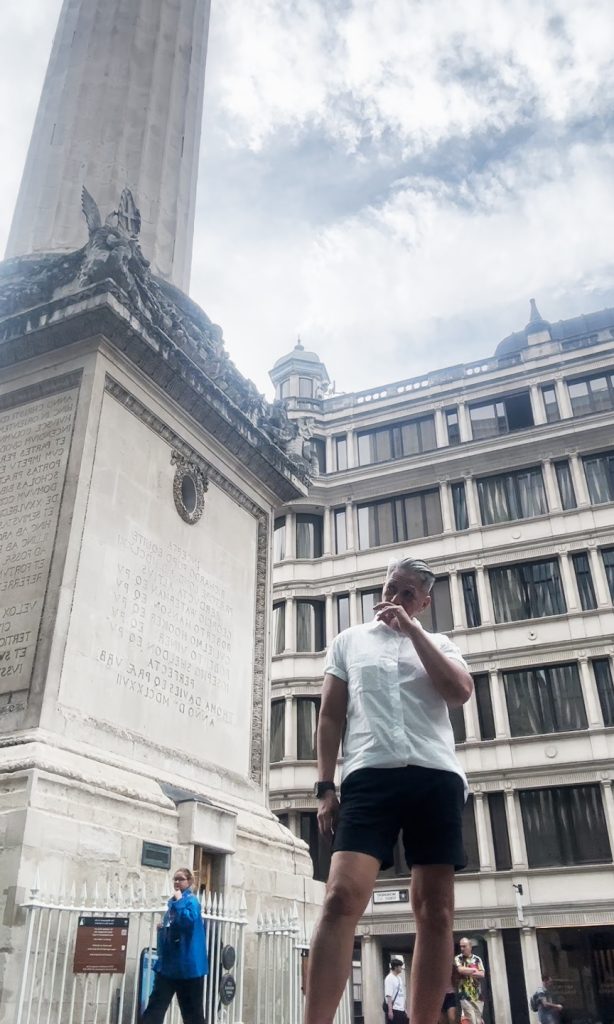
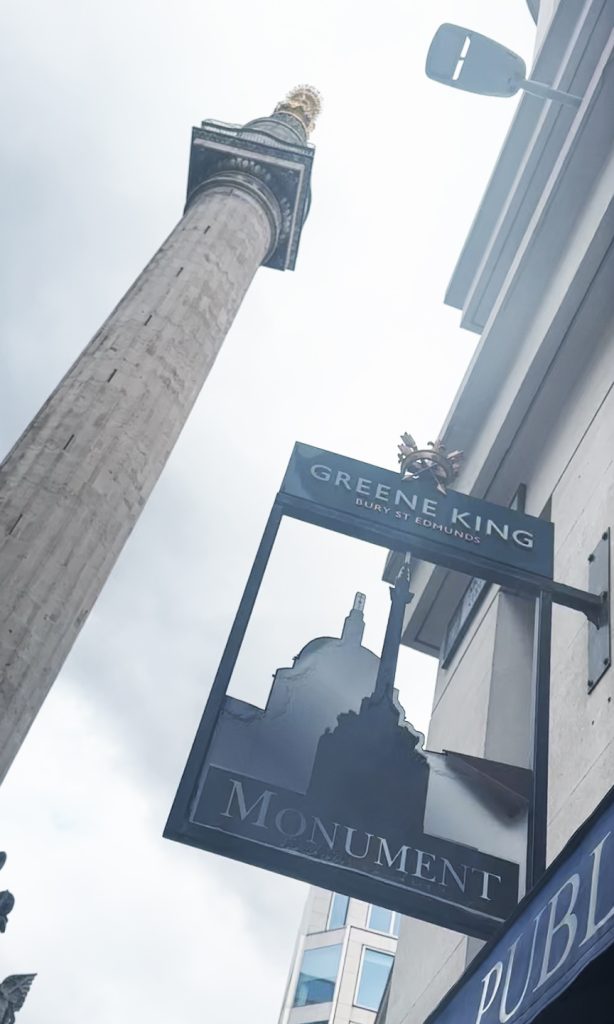
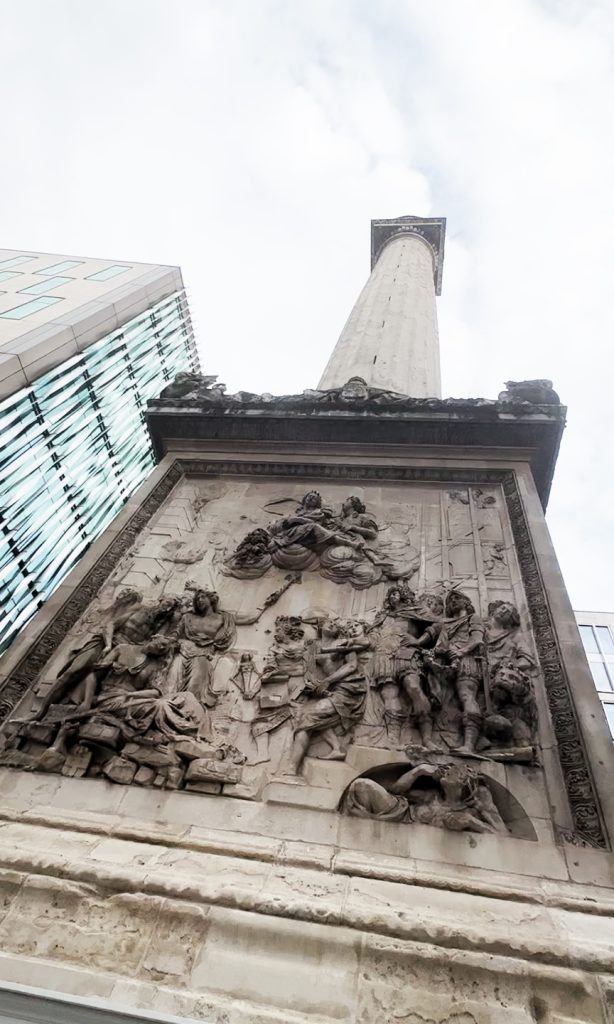
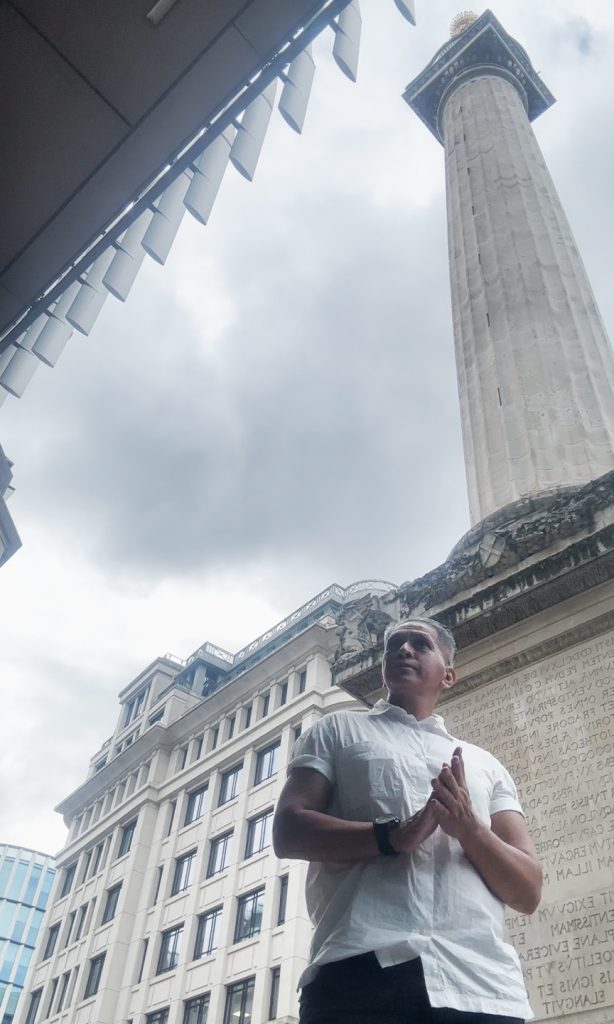
Sa Pilipinas, wala nga tayong great fire, but we have the never-ending ultra-great floods. Our politicians don’t care, too, focusing sa pagpapayaman through nakaw. But we don’t have markers; instead, we just have ruined lives. So yung lessons all the way from 1666, all the way from London, walang nakakarinig, as we all just look at the monuments and not their lessons…
But off we go for more #LGBTQIA+ rampa…
The Monument is located at the junction of Monument Street and Fish Street Hill in the City of London.
-

 Destinations4 weeks ago
Destinations4 weeks agoLooking for the Hollywood magic (then finding myth making) in Notting Hill in London
-

 Destinations3 weeks ago
Destinations3 weeks agoLondon has The Monument to remember the fire that destroyed the city, but failed to learn lessons from what happened
-

 Product Showcase2 weeks ago
Product Showcase2 weeks agoSix gold awards spotlight Mang Inasal’s marketing leadership at International Business Awards
-

 Nutrition2 weeks ago
Nutrition2 weeks agoEat your greens and skip the sugar spikes
-

 Destinations4 weeks ago
Destinations4 weeks agoYour idea of the ‘London Bridge’ is false… thanks to erroneous marketing pandering to our lookism
-

 Travel3 weeks ago
Travel3 weeks agoChecking the London Underground
-

 Wellness2 weeks ago
Wellness2 weeks agoRegular exercise ‘rewires’ heart-control nerves differently on left and right side, study finds
-

 NewsMakers2 weeks ago
NewsMakers2 weeks agoDistribution of fat could influence cancer risk, study suggests






